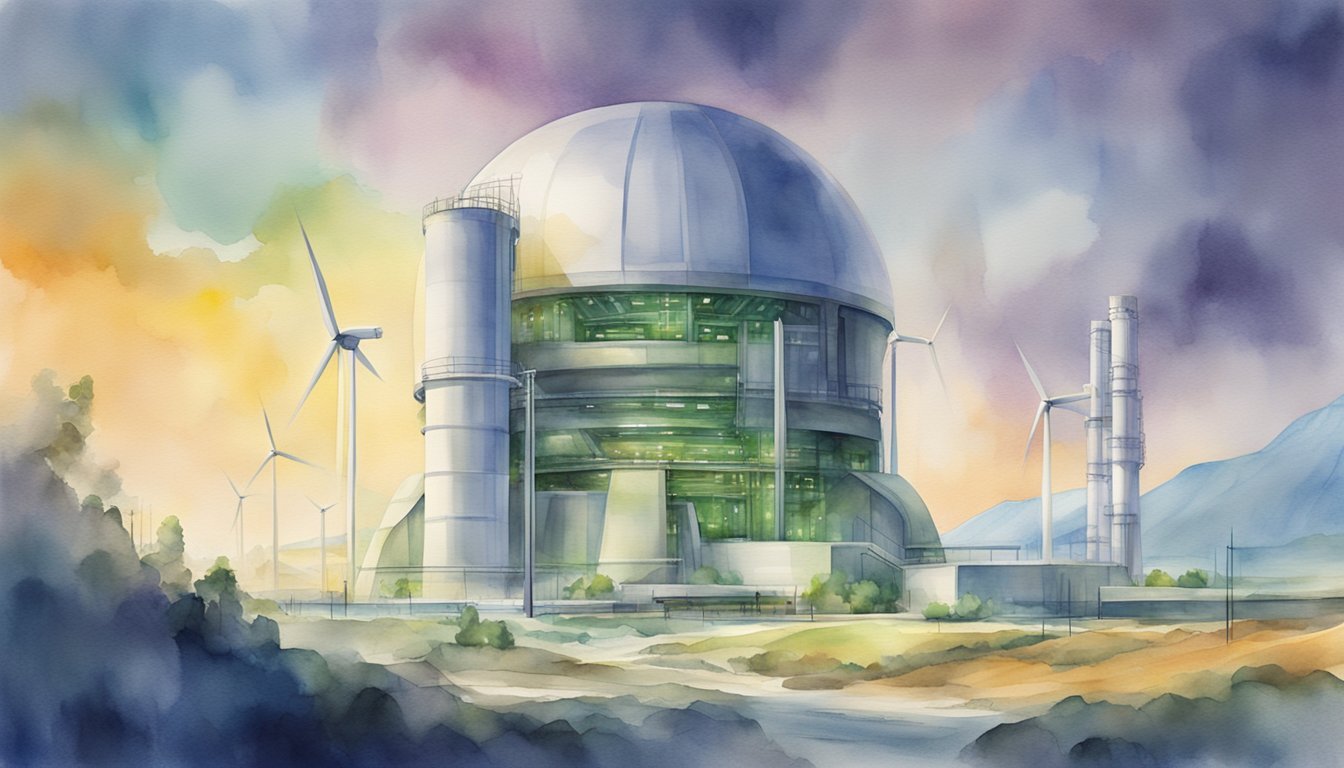Understanding Small Modular Reactors (SMRs)
Small Modular Reactors are reshaping the energy landscape with their innovative design and multitude of benefits that align with current energy and environmental needs.
What Are Small Modular Reactors?
Small Modular Reactors, or SMRs, are defined by their compact size and factory fabrication, making them significantly different from traditional large-scale nuclear reactors. Typically, SMRs have a power output of up to 300 megawatts electric (MWe) per plant, which is a third of what larger reactors can produce. Oregon State University (OSU) played a pivotal role in the development of the first commercial SMR. The design of SMRs allows for modular construction, which means that their systems and components can be pre-assembled and shipped to their intended installation site. This not only streamlines the construction process but may also contribute to heightened safety and quality control.
The Benefits of SMRs
The advantages of SMRs extend beyond their size and modular nature. These reactors are recognized for their enhanced safety measures, which include passive safety systems that do not require human intervention to mitigate potential risks. SMRs afford an array of flexibility options; for example, they can be implemented in remote locations lacking infrastructure for larger power plants or used in tandem with renewable energy sources to ensure a continuous electricity supply. From an environmental perspective, SMRs represent a pathway toward carbon-free power, making them an integral component of the global strategy to combat climate change. Their size and the possibility of incremental investment align with the diverse needs of power generation markets, from small cities to large industrial complexes.
How Do Small Modular Nuclear Reactors Compare to Wind Farms in Terms of Sustainable Energy Solutions?
Small modular nuclear reactors offer a reliable energy source with a low carbon footprint, contrasting with the intermittent nature of wind farms. However, projects like the block island wind farm and sustainable energy showcase the potential for diverse renewable solutions, balancing efficiency and ecological impact in the quest for clean power.
The Global SMR Landscape

The landscape of small modular reactors (SMRs) is evolving with numerous projects underway and a keen focus on streamlining regulation and licensing to facilitate advancement.
SMR Projects and Progress Worldwide
Globally, countries are pushing forward with the deployment of SMRs, seeking to reinforce their nuclear power capabilities. The U.S. Department of Energy has supported initiatives such as NuScale Power’s project, with potential operations commencing at Idaho National Laboratory in partnership with Utah Associated Municipal Power Systems. NuScale, stemming from Oregon State University research, leads in this innovation with its passive safety features.
Internationally, China and Russia are progressing in SMR deployment, enhancing their nuclear infrastructure and economics. Countries like Romania and the Czech Republic are exploring SMR technologies for increasing power generation and even desalination processes. The International Atomic Energy Agency (IAEA) is tracking over 70 SMR projects worldwide, with various designs using light water as coolant and advanced reactors considering next-generation capabilities such as molten salt technologies for greater electrical output and reduced radioactive waste.
Regulation and Licensing
The nuclear regulatory environment is adapting to the emergence of SMRs. The U.S. Nuclear Regulatory Commission (NRC) is examining processes like the Design Certification Application to ensure safety while also accommodating the innovative and factory-assembled nature of SMRs. NuScale’s design has made history as the first to receive approval from the NRC, setting a precedent for other entities. As a result, the Department of Energy (DOE) and entities like the Assistant Secretary for Nuclear Energy are focusing on supporting SMR development to expedite future construction and approval processes.
Canada, recognizing the growth of Generation IV nuclear technologies, is revising its regulatory framework to accommodate SMRs, with a special focus on licensing streamlined for factory-built SMRs and advanced small modular reactors, which promise enhanced passive safety and process heat capabilities. International regulations are also under revision, stressing safeguards and security tailored to the unique nature of SMR technologies.

